More and more SaaS-based businesses are growing. All the more they are taking over most of the market space. In today’s world, SaaS business is having a super growth compared to other industries. That is also the reason why most of the companies are interested.
There are many industries those who are coming up with their applications and software floating in the cloud. Cloud has lead software-based industries to many benefits while there are certain risks as well.
Here we are going to show you- how to build a cloud based SaaS product while dealing with the issues and mistakes which you should avoid.
Click Here To Listen:
Why Build For The Cloud?
Most of the SaaS applications which has a global reach are built-in cloud-only. The cloud has many advantages over the local servers, while the most crucial factor for the popularity of the cloud is its cost-effectiveness. It doesn’t require a vast infrastructure to keep on-premises. And it also eliminates the cost of server storage, extra power consumption, maintenance, air conditioning (For system cooling), and other API requirements.
Now, if you are ready to develop software as a service, you need to decide which programming lingo, database, and software/tools to choose. While it can be a bit tricky question, based on the knowledge and the experience every developer may have their own perspective.
I have come up with my own answer and also hope that it can be useful for you.
Also Read:
WHY MOBILE MARKETING IS IMPORTANT FOR THE SUCCESS OF A BUSINESS?
SOCIOBOARD: EASY SOCIAL MEDIA MANAGEMENT FOR YOUR ORGANIZATION
Which Programming Languages To Choose?
Haven’t you decided which to opt for developing your SaaS application? There are many programming languages, and you can start with anyone of them. However, programming languages like Python, C#/.NET, Java, JavaScript, PHP are some of the popular ones.
In my case, I would prefer to go with Python and C#/.NET.
Python:-
Many of the developers prefer Python compared to other programming languages. Do you know the reason why?
As you know that Python is a dynamically-interpreted and high-level programming language, often compared with C++ and Java. However, Python is comparably easy to understand, and it takes less time for developers to program code using Python.
C#/.NET:-
It is a robust, safe and object-oriented programming language that is mostly build-in .NET framework. But if you would compare C# with Python, C# is comparably better in performance, since it is statically-interpreted. In terms of flexibility, you can go with Python. But if you want to enhance the security and robustness of your software, C# is the best option you have.
If your project demands high-speed and performance at the same time, Python can be your first preference. However, if you want to have excellent Microsoft integration and robust performance in your system, C# can be the best choice.
Now the next thing which you can’t overlook is the perfect database for your project.
Related Posts:
5 THINGS YOU MUST KNOW ABOUT UX/UI DESIGNING.
TOP 07 LATEST EMERGING TECHNOLOGIES THAT WILL RULE THE FUTURE.
APPLICATION PROGRAMMING INTERFACE: THE EVERGREEN INTEGRATED ELEMENT FOR THE E-COMMERCE WORLD.
The Perfect Data-Base For Your SaaS:
After the selection of programming language, you need to consider about the perfect database installation for your SaaS project. From my perspective, I would recommend the document-oriented database. If you would compare, a document-oriented database is quite different from other relational or traditional database system.
Why Opt For Document-Oriented Database?
The document-oriented database system has its upsides, which make it comparably better than a traditional database system. As it stores the information in the form of documents only and every stored object can be different from others. Because of that it also eliminates the requirement of object-relational mapping when loading into the database.
MongoDB Database For Your SaaS:-
You might be thinking- Why choose MongoDB?
It’s simple since MongoDB is a document-oriented database system having excellent performance, easy to scale with high availability.
Yes! MongoDB can also be your first choice. It is quite good with performance while it also provides scalability, which is very important for any global SaaS product.
From a business perspective also, using MongoDB, you can easily tackle technical situations. Compared to other databases, it is much easier to scale your tech with MongoDB. It also has an automatic sharding mechanism using which you can distribute data across various machines.
Queue Management System:-
After the installation of the database system, you need to check the queue management system. It is the system which provides asynchronous protocols so that two messages wouldn’t overlap at the same time. Queue management helps you to decrease the response time for the messaging. That way, you can enhance the communication process with your customers, and your application will process more efficiently.
Based on the preferences, you can opt for the services which suit you more. Here we are showing you two options with the best queue management system for your SaaS project.
Apache Kafka is one of the leading performers, and in some aspects, we can also say that it outperformed RabbitMQ and many other message broker services. Moreover, Kafka has an excellent scaling capacity up to 100,00 messages per second even with a single server. You can also add more hardware to it.
However, many of the developers still prefer RabbitMQ. Because it is easy to use and provide very mature messages broking service. Basically, its scalability is also nice enough with 20,000 messages per second on a single server.
Also Read:
VIDEO MARKETING STRATEGY: HOW TO DEVELOP A VIDEO FOR SMALL BUSINESS?
TOP SOCIAL MEDIA MANAGEMENT TOOLS FOR ENTREPRENEURS
Amazon Web Services:-
Building a SaaS product, you’ll probably end up using Amazon Web Services (AWS). AWS advent with its cloud service in 2004, and since then it has grown more than 100k customers over 190 countries all over the world. AWS is also quite preferable because of its low cost, high scalability and reliable cloud-based infrastructure.
From my perspective, Amazon elastic compute cloud (AWS EC2) provides the best scalable computing in the AWS cloud. You can use AWS EC2 to eliminate the hardware investment. That way, you could be able to develop the software faster, and it will also help you to reduce the cost.
The main features of AWS EC2 help development enterprise-class and scalable apps that can be very resilient to failures.
Web Storage S3:-
After the completion of the project, you might be getting more and more users for your product. While it would be difficult for you to manage web data storage. However, with the Amazon S3 storage service, you won’t be facing any difficulties.
Amazon Simple Storage Service (S3) is easy to use, store and can be used to retrieve the data anytime you want. While you can use Amazon S3 not only with AWS but with other third-party cloud computing services like Microsoft Azure, Kamatera, etc.
Content Delivery Network:
A content delivery network (CDN) is a system network which distributes the content based on the geographical locations. The purpose of the system is to provide high-performance content delivery without any interruptions.
For suppose, you have installed three cloud-based systems on different locations. If someone visits a server, using a CDN network, you can deliver the content, based on the request of the visitors.
Recap: Cloud-Based SaaS Product:
Finally going through the above context, you might have learned how to program and develop your system to create a SaaS product. In other posts, we will try to include more information regarding analyzing software and cloud computing. If you want to share your thoughts, you are always welcome to write to us in the comment section.



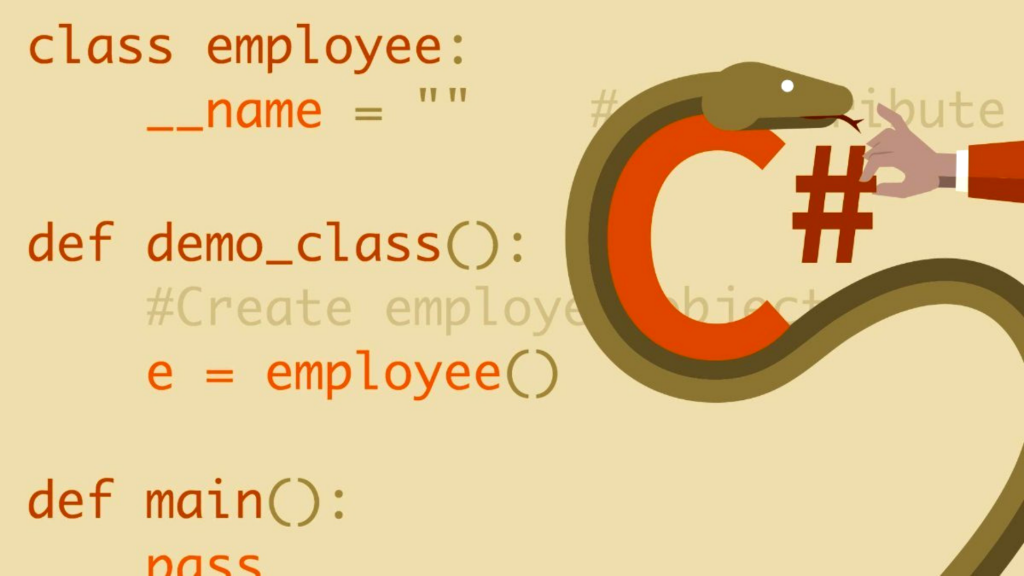
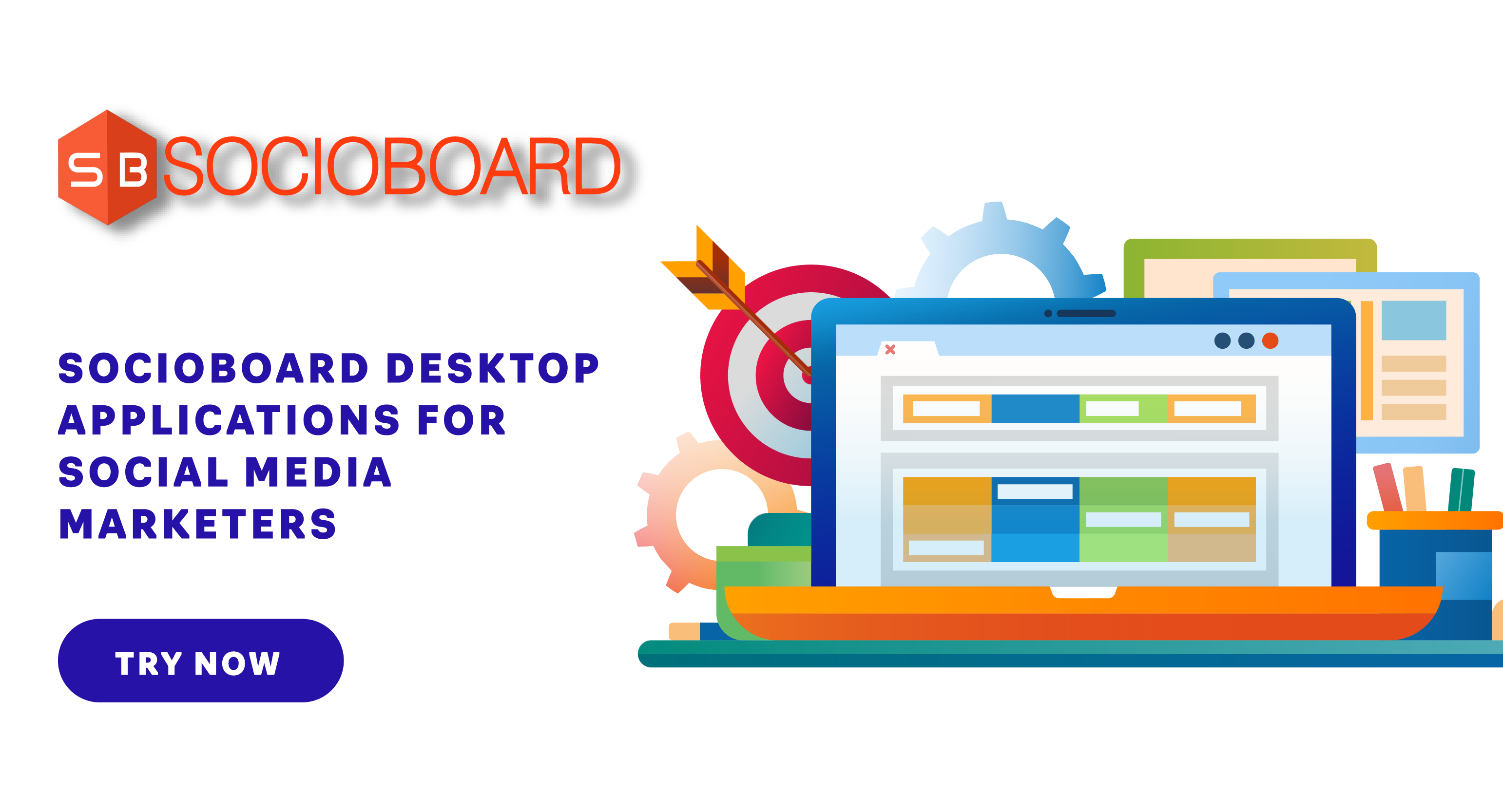
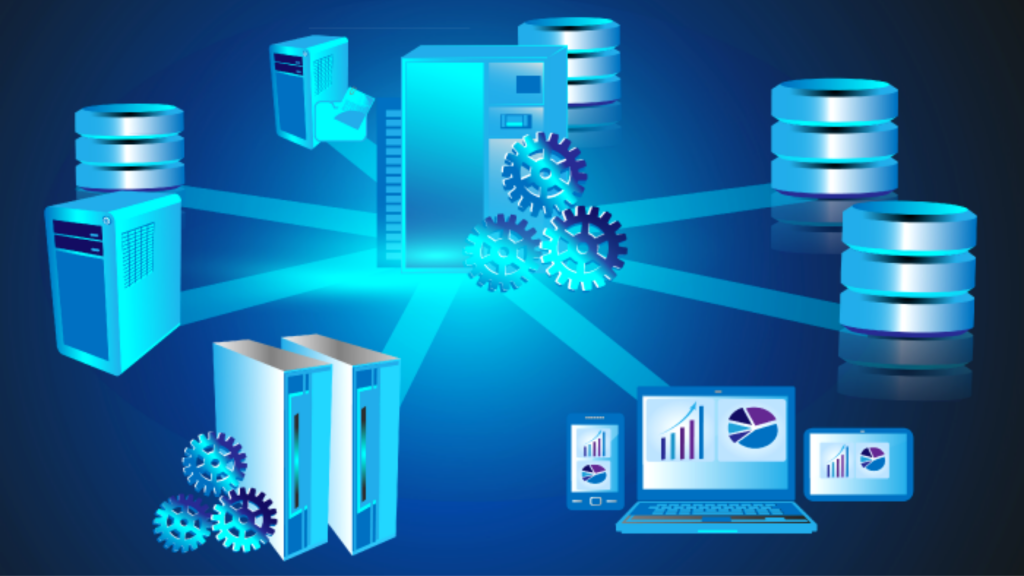
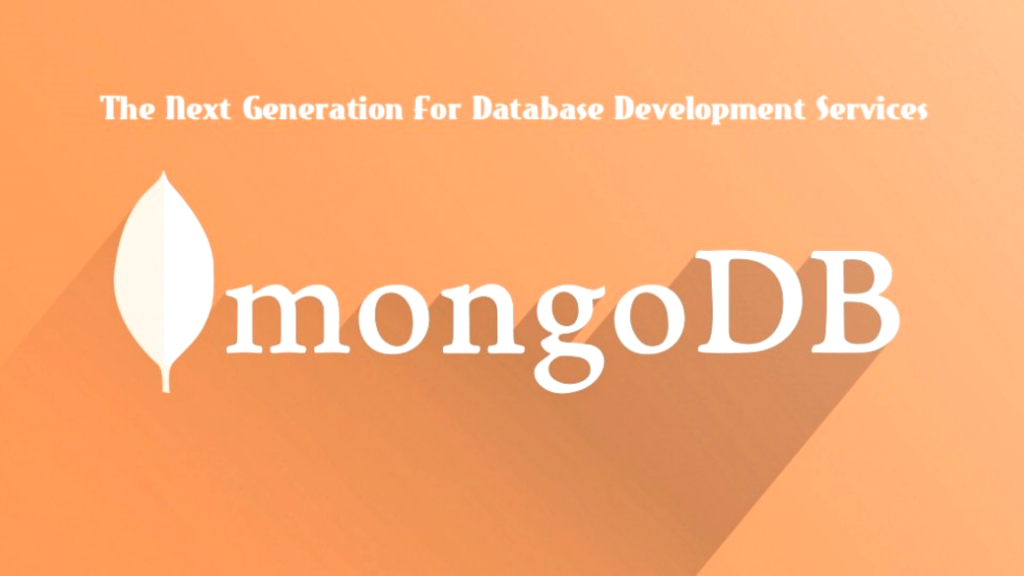
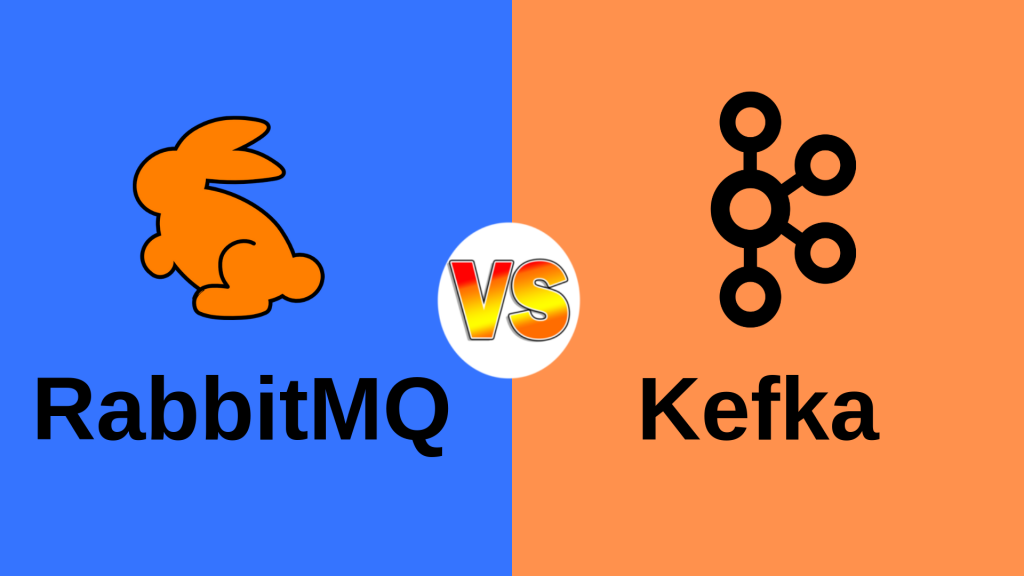
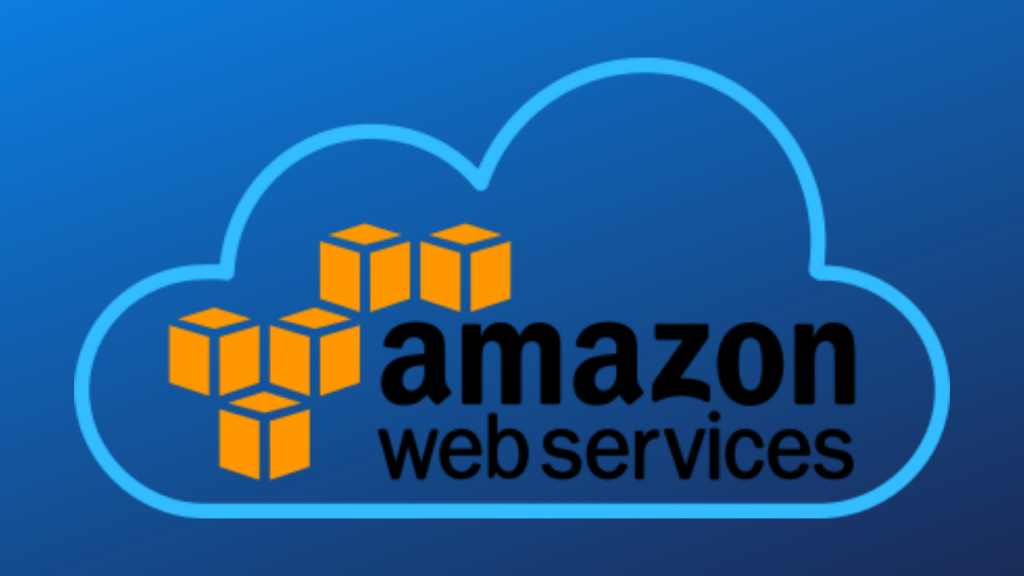
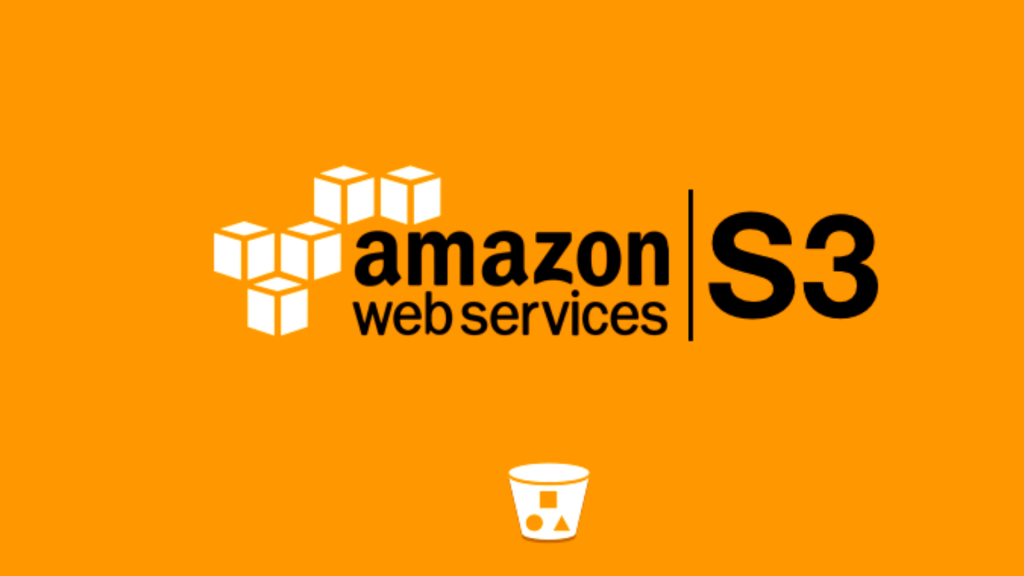
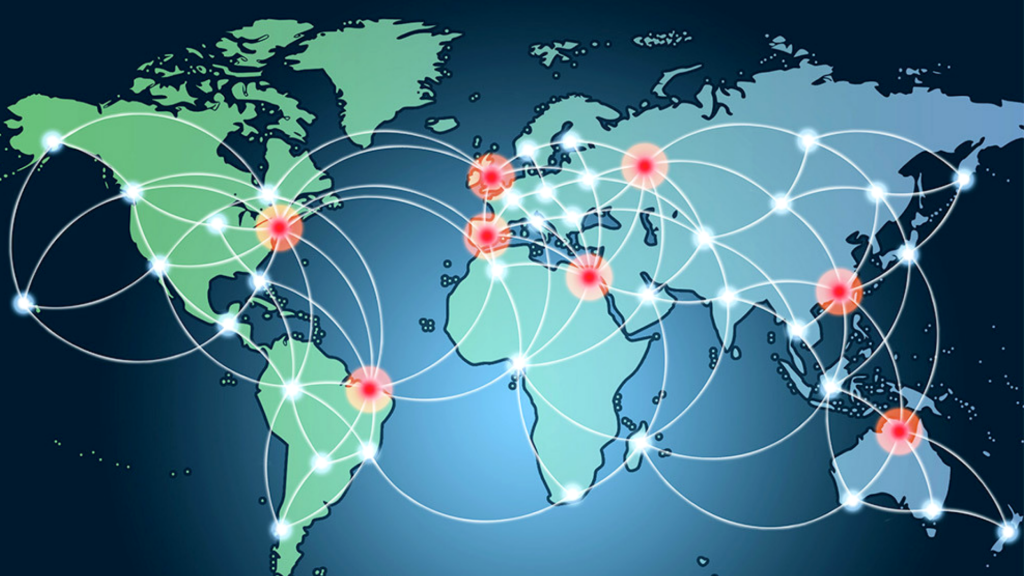

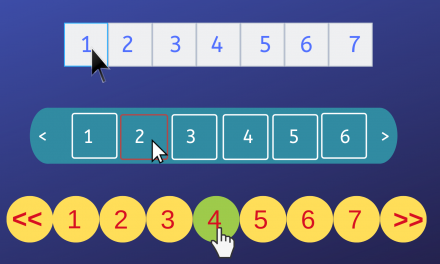
![5 Things You Must Know About UX/UI Designing [2021 Update]](https://blog.socioboard.com/wp-content/uploads/2019/10/5-Must-Know-Lessons-For-UX_UI-Designing-4-440x264.png)

